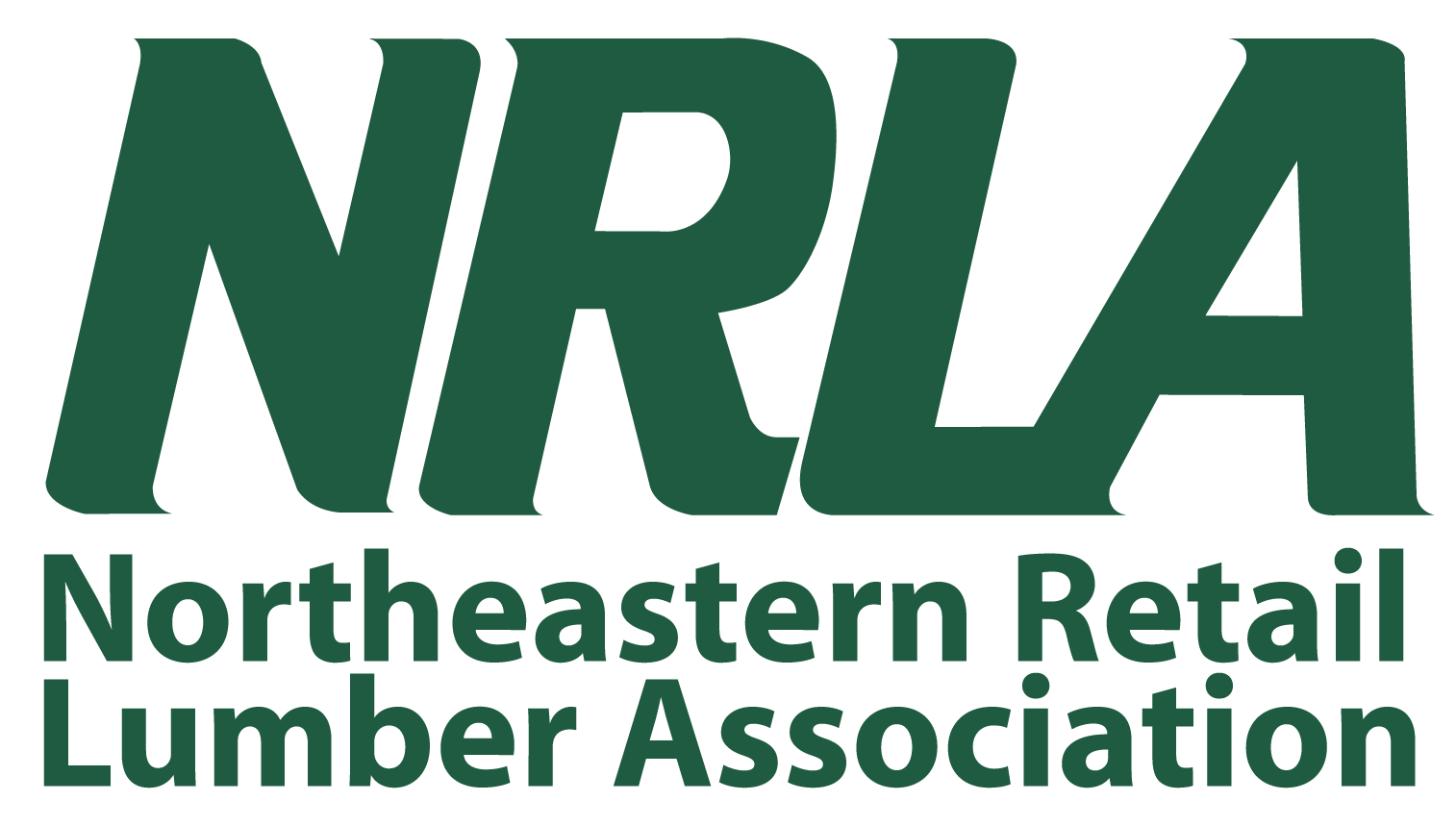Over the past three years, I’ve had the opportunity to work with a wide range of LBM dealers across the country. One of the most consistently requested topics I’m asked to present on is “prospecting.” It’s no surprise—virtually every dealer is looking for effective strategies to drive business growth. That’s the purpose of this article for the NRLA. While this may differ in tone from my usual storytelling format, rest assured, I’ve still got plenty of real-world tales to share in the future.
With more than four decades of experience working with independent lumberyards, I’ve identified three core approaches to successful prospecting. Let’s dive in.
1. Growing Wallet Share: The Low-Hanging Fruit
This is often the most accessible opportunity. I’m not saying it’s easy—but compared to the other strategies, it’s less daunting. I refer to it as “growing wallet share,” which simply means increasing the range of product categories that your existing customers purchase from you.
Start by identifying which product groups your current customers aren’t buying from your business. For example, a loyal client might purchase all their lumber and exterior materials from you, yet source interior doors, hardware, or mouldings elsewhere. Ask yourself: why?
The answer might be as simple as habit, a long-standing relationship with another supplier, or even a lack of awareness that you offer those products competitively. You won’t know unless you ask. Because you already have a trusted relationship, your chances of expanding that business are significantly better than if you were starting from scratch.
Emphasize the strength of your partnership, your competitiveness, and the added efficiencies they can gain by consolidating suppliers—fewer invoices, streamlined communication, combined deliveries, and so on. As I’ve learned over the years: “If you don’t ask, you don’t get.”
2. Vertical Growth: Maximizing Existing Relationships
The next approach focuses on customers who already buy from you—but not in volume. Let’s say a customer spends $50,000 annually with your company, yet has a total spend of $250,000. That means you’re only capturing 20% of their business.
Why is that?
It could be loyalty to a long-standing competitor, convenience, location-specific buying habits, or simply because no one has made any effort to engage them further. Just like in the first approach, this customer knows your company and has an established relationship. That’s a significant advantage.
Take the time to identify these accounts. Then, reach out and ask the critical questions. Even if the answer is “no,” you may gain valuable insight into their loyalty and your competitors’ strengths. Again, “If you don’t ask, you don’t get.”
3. New Customer Acquisition: The Bold Move
This is the most challenging—and for some, the most intimidating approach: acquiring new customers through cold or warm outreach.
Warm calling involves leveraging mutual connections to facilitate an introduction. Referrals carry weight. If someone your prospect trusts recommends you, your odds of success increase significantly.
How do you get these referrals? Ask. If your current customers value your work, they’ll often be happy to help. Encourage them to make an introduction or, at the very least, allow you to mention their name when reaching out. A personal referral is a powerful endorsement—don’t hesitate to pursue it.
Cold calling can feel uncomfortable, largely due to fear of rejection or lack of confidence. But rejection isn’t personal—it’s business. If a prospect declines, it doesn’t reflect on your worth. Stay professional, keep your focus, and move forward.
Why should you prospect at all? Beyond business growth, the reality is that customer attrition is inevitable—people retire, move on, or scale back. Your business needs a pipeline to remain healthy. And keep this in mind: your prospects share the same challenges as your current clients. If you’ve already solved these issues successfully, you’re well-positioned to offer value.
You may never feel completely ready to cold call. Doubt may linger. Call anyway.
Tips for Cold Calling Success:
- Do your research. Know as much about the company as possible before reaching out.
- Prepare an introduction. Not a full script—just a concise, engaging opener.
- Practice—confidence grows with repetition.
- Plan for whether they answer or not, have a clear message focused on how you can help their business. Keep it brief and compelling.
Like any skill, cold calling improves with time and consistency. The more you do it, the more confident—and effective—you’ll become.
Over my career, I have found this 3-pronged approach to growing sales works, so give it a try.
Mike McDole has 40+ years of actual LBM experience, including being SVP of a large regional pro-dealer, and is the principal of Firing Line LBM Advisors. He’s also partners with Greg Brooks of the Executive Council on Construction Supply and his LMS. Mike can be reached at 774.372.1367 or Mike@FiringLineLBM.com.







